China’s notorious smog can feel like a physical manifestation of the country’s political repression: suffocating, censored and lethal.
By DAN LEVIN
China’s notorious smog can feel like a physical manifestation of the country’s political repression: suffocating, censored and lethal.
On many days, the sun is hidden behind a pale, brown veil of coal dust and other pollutants that is visible from space and smells like a chemical spill on fire.
The United States Embassy’s air quality readings — widely viewed as more accurate than China’s official data — are censored on local smartphones.
Air pollution has been linked to a spike in cancer rates in Beijing, a city made almost “uninhabitable for human beings” by smog, according to a study published last year by the Shanghai Academy of Social Sciences.
The American Embassy’s air quality index, or A.Q.I., uses standards set by the United States Environmental Protection Agency to measure pollutants on a scale that starts at zero, or “good,” and tops out at 500.
Anything higher, as was recorded in Beijing in mid-January, is officially referred to as “beyond index.”
Expats call these bouts of horrifying pollution an “airpocalypse.”
Not only does the term convey the epic dystopian reality of China’s smog, it offers a welcome bit of gallows humor amid an otherwise hopelessly depressing situation.
During his five years living in Shanghai, Tom Suharto, an American who works in advertising, grew frustrated that Chinese A.Q.I. mobile apps failed to reflect the emotional side effects of smog.
“I noticed that the language used to describe the air in apps was nothing like the language people actually used to describe the air with each other,” he wrote in an email from Seattle, where he now lives.
“I wanted to make a more human and culturally in-tune experience that empathized with the user,” Mr. Suharto said.
While foreign diplomats and China’s state-controlled media must handle the issue of air pollution delicately, for fear of angering the Chinese government, Airpocalypse takes a more honest approach.
“The air in China sucks,” the website declares.
“We hate it too.”
The app speaks to Mr. Suharto’s anger over how the country’s air pollution limited his daily activities and made him feel like a bad parent.
“I hated that I felt guilty raising a child in China,” he said.
The goal of the app, available on Apple devices, is to help users “survive and thrive in heavily polluted China.”
It appears to be succeeding.
Since its start in May 2014, Airpocalypse has been downloaded more than 3,500 times and is nearing 900 daily users — quite a feat for a passion project with no advertising.
Word of mouth has spread about the app’s darkly comic captions, which change with the air quality. “Rad,” it might say during clear skies, or “drink it up.”
As the pollution gets worse, Airpocalypse gets snarkier: “it could be so much worse,” or “meh,” are some of the descriptions that replace the Environmental Protection Agency’s “moderate” measurements.
Rather than use the official “unhealthy” or “very unhealthy” descriptions, the app commiserates like an understanding friend would. “Kinda gross,” it reads, or “yuck.”
Then there is the terrifying but scientifically correct description, “airport smoking lounge.”
The app, Mr. Suharto explained, “was a way to get some revenge and let out my frustration” about China’s poor air quality.
To create the captions, he did some polling of his friends for their thoughts, “but basically I just tried to tap into how the air made me feel.”
Residents in China have turned to face masks and air purifiers to protect their lungs, but there is little they can do to soothe the fury and disgust that arises over having to wear an asbestos-removal respirator mask just to walk the dog.
Airpocalypse shares their suffering.
During “hazardous” bouts of pollution, the app asks the seemingly perennial question, “seriously China?”
And when China’s air goes “beyond index,” as happened — again — in Beijing recently, the app offers either practical information — “mask no longer optional” — or a wistful fantasy born of utter despair: “Break glass, escape China.”
In addition to the snarky captions, Airpocalypse features an array of humorous advice to prepare users for the elements as well as to help them safeguard their health and psychological well-being. Tapping on the ski mask icon reveals “warmth trumps fashion.”
When the air is clear, a smiley face declares “masks are out of style.”
If the pollution is heavy, a Nintendo Gameboy icon suggests “distract yourself from smog.”
During the most harmful periods, icons depict a gas mask or a futuristic astronaut helmet that bears the exhortation “steal one from Daft Punk,” referring to the French electronic music duo known for their signature sci-fi-esque headgear.
Airpocalypse is a whimsical addition to a slew of new products like wearable air pollution sensors and air purifiers designed to tackle China’s smog crisis.
“Technology will definitely have a lot to say in the fight against air pollution,” Mr. Suharto said.
But unlike so many tools that focus on treating physiological issues, his app also tries to heal the soul.
Wonderful China: Shanghai before sunset,
seen from the Jin Mao tower.
Here’s a pair of stories about China’s endemic smog problems that will make your head spin.
First, a former environmental official from Hebei province penned a novel featuring a thief who sneaks about under cover of thick urban smog.
Reuters reports: The novel features a masked burglar who exploits nightly haze to cover his break-ins as it clouds the lenses of security cameras, an episode [author Li Chunyuan] said he took from real life.
Chinese culture is adapting to the toxic air pollution that hangs over many of its megacities, and enterprising authors like Mr. Li are finding it fertile creative material.
But while Mr. Li has retired from his role as an environmental regulator, those still in charge of monitoring smog at the local level are adapting in their own way.
The Nanfang Insider reports:
When Hanzhong, in Shaanxi Province, was confronted with off-the-chart PM 2.5 readings, officials at the City’s Environmental Protection Bureau did what any respectable scientist would do: they altered the readings by spraying the air quality monitors with water from a fire hose. […]
Authorities at the Bureau denied the accusations, claiming the fire hose was not pointed at the air quality monitors, despite the photograph above clearly illustrating water being sprayed at the air quality monitors.
However, authorities were willing to admit that, in the past, they may have used water trucks around the city to spray mass quantities of water in an effort to reduce heavy smog, according to an interview with Nandu.
Yes, you read that correctly.
Local officials in Hanzhong reportedly sprayed down their air quality sensors with water from a fire hose to fudge the numbers.
This would be a lot funnier if air pollution wasn’t such a serious, deadly, and expensive problem for China.
The fact that local officials seem to be going to such extreme ends to obfuscate the problem is a serious challenge for central planners in Beijing.
Playing loose with data has a long tradition in the power dynamic between China’s provinces and the central government, and it threatens to undermine efforts being undertaken to clean the country’s skies.
And don’t forget: these same officials will be in charge of getting China to its much-publicized goal of reducing emissions.










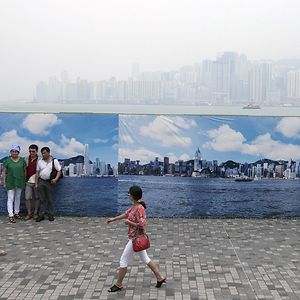
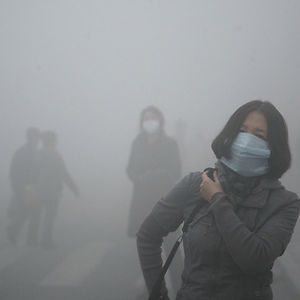
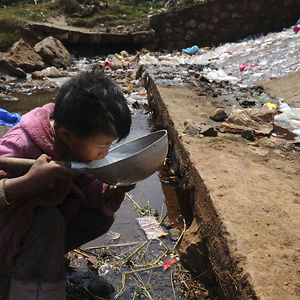


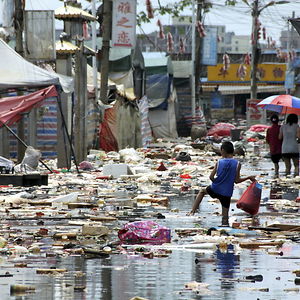


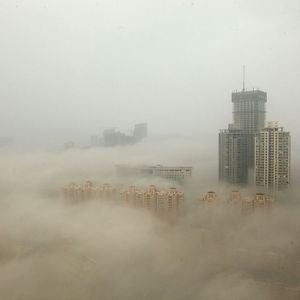


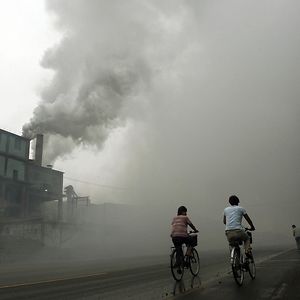
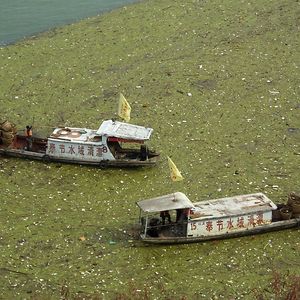
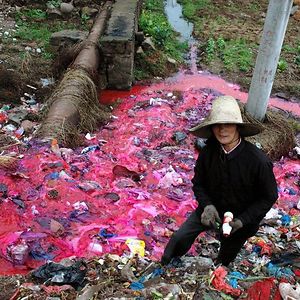
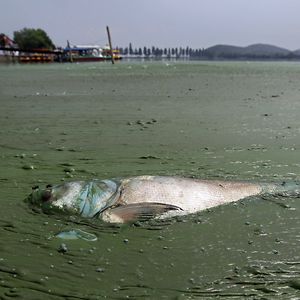
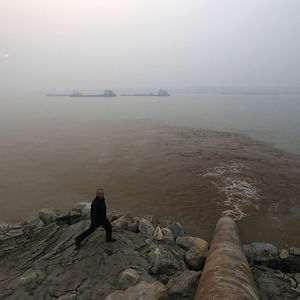
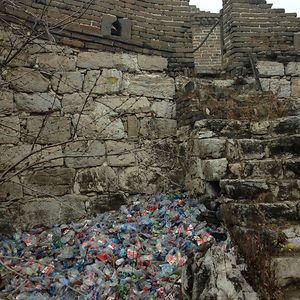
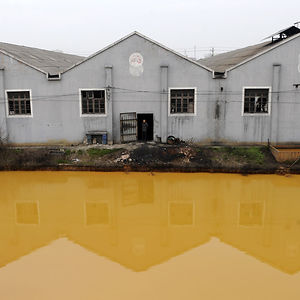
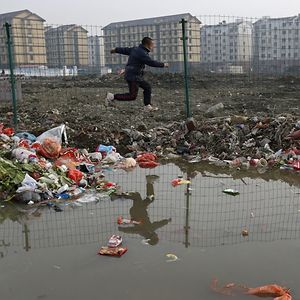
No comments:
Post a Comment